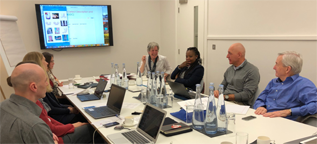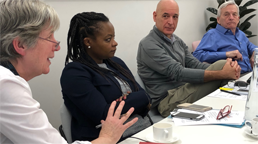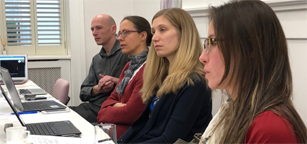


This Global Birth Defects website has been set up by the International Committee for Congenital Anomaly Surveillance Tools as part of the ZIKAPLAN project funded by the European Union’s Horizon 2020 research and innovation programme grant agreement No 734584, 2016-2020. The Zika epidemic focused the world’s attention on the need to strengthen birth defect surveillance systems globally, not only to respond to Zika and similar epidemics of infectious diseases, but to help address the huge gaps in existing public health action to prevent birth defects and care for affected children.
Birth defects affect at least 3% of babies in most populations. A wide range of conditions are included: spina bifida, limb defects, cleft palate or lip, heart defects, and Down Syndrome being among the more common. Birth defect surveillance is important to assess the impact of the many risk factors which may affect fetal development during early pregnancy. With this evidence base, preventive public health action can modify those risk factors to promote healthier fetal development and healthy children. Birth defects are a major cause of stillbirth and neonatal death, and their prevention is essential to meeting the Sustainable Development Goal of bringing down neonatal mortality and child deaths under 5 years of age. Birth defect surveillance is also important to understand the healthcare needs of children and families in order to reduce the severity of long term disability and improve the lives of children and families.
The Global Birth Defects website presently encompasses two measures towards strengthening of birth defect surveillance and research, and is designed to bring birth defect (congenital anomaly) surveillance into mainstream public health activity. The two measures are:
- To provide an up-to-date inventory of available congenital anomaly surveillance resources and associated tools which could be adopted or modified to start or improve congenital anomaly surveillance and research in all areas of the globe, and to plan public health actions.
- To provide an App for use in areas of the world where local expertise in congenital anomaly diagnosis is scarce, in order to improve the description and coding of congenital anomalies for surveillance and research.
Watch a video about the genesis of the GBD app in ZikaPLAN: Innovation through collaboration - YouTube
[pictured above: the January 2019 meeting of the International Committee who are behind this initiative to improve the surveillance of congenital anomalies in low-resource regions and communities. The meeting took place in London. In attendance are Helen Dolk, Lew Holmes, Linda Barlow, Pilar Guatibonza, Lorenzo Botto, Christine Halleux, Ester Garne, Shana Godfred Cato, and Phil Whitfield (who is the App designer). Joining this meeting remotely were Cindy Moore, Priya Karna, and Leke Aminkeng.]